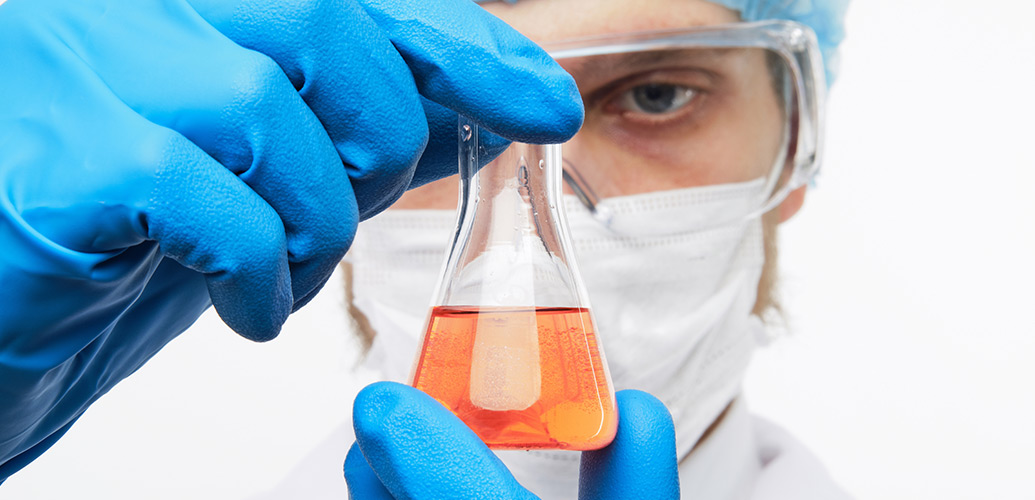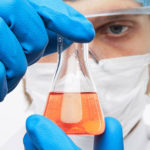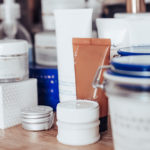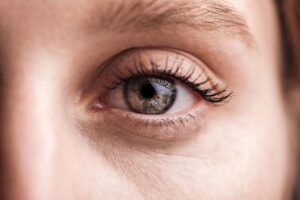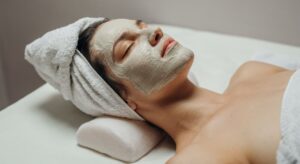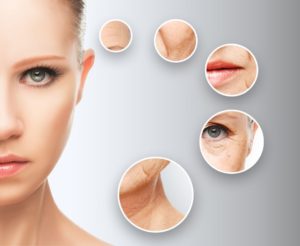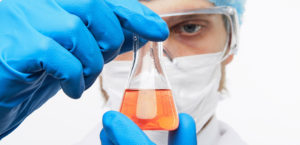Your skin is not only the largest, but one of the most important organs on our body. So it’s important to take the utmost care of it and be mindful of the types of creams, toners and other treatments we apply to it. Did you know that up to 60% of what we apply to our skin is absorbed by our bodies. These products directly affect our overall health and well-being, so make sure to avoid certain products we mention in this article.
Since the FDA does not regulate skincare, cosmetic companies can use almost any ingredient in their formula. Some of these ingredients are commonly found in your traditional skincare products (ie. face soaps, lotions, sunscreen, etc) and can be dangerous to your health. Some of them have been linked to health issues such as eczema, allergies, cancer, hormonal disruption, and even reproductive problems.
So, what are the Top 10 Ingredients To Avoid In Your Skincare
When choosing your skin care products and developing a skincare regimen that works for your skin, try to avoid these ingredients.
1. ALUMINUM
Aluminum is commonly found in personal care products such as antiperspirant deodorants. It’s a toxic metal that can affect the endocrine system, having oestrogen-like effects.
2. DIETHANOLAMINE (DEA), MONOETHANOLAMINE (MEA), TRIETHANOLAMINE (TEA)
Diethanolamine (DEA) and similar MEA and TEA are commonly used as foaming agents. They’re known carcinogens and can cause respiratory issues, which is also why the EU has restricted the use of them in personal care products. However, despite this, in the US it’s still commonly used in bubble bath, body wash, shampoo and other soaps. They are also found in eye makeup , fragrances, hair products, and sunscreens. On the cosmetic label it’s often abbreviated as DEA.
3. POLYETHYLENE GLYCOL (PEG)
Polyethylene Glycol (PEG) is commonly used in many types of cleansers to dissolve oil and grease and cosmetics. It acts as a thickener, especially in shampoo, lotions and sunscreen. The problem with PEG is it is often contaminated with both ethylene oxide (a known carcinogen) and 1,4-Dioxane (banned in Canada). PEG can also alter and reduce the skin’s natural moisture factor.
4. PARABENS (Methyl, Butyl, Ethyl, Propyl)
Parabens are preservatives found in everything from moisturizers, to deodorants, soaps, lotions and makeup. If the product has water in it, chances are it probably has a paraben in it to keep it from growing bacteria. Different examples of Parabens can include: methylparaben, proplyparaben, isopropylparaben, and isobutylparaben. Parabens are known endocrine disruptors that mimic estrogen in the body and can lead to hormonal imbalances, and possibly even breast cancer.
5. SODIUM LAURYL SULFATE (SLS)
Sodium Lauryl Sulfate (SLS) and Sodium Laureth Sulfate are foaming agents used in a wide range of personal care products. These include skin care products, cosmetics, shampoos, and even toothpaste. They are known as surfactants and can cause skin irritation or even trigger allergies. In addition, SLS has chemical compounds known as “nitrosamines” which common by-products of the sulphation process. Of which 90% of these nitrosamines are considered to be carcinogenic.
6. PHTHALATES (DBP, DEHP, DEP)
Phthalates are a plasticizer that is commonly added to plastics to increase flexibility and strength, and keep it from becoming brittle. It’s primarily found in fragrances, but also in other personal care products such as nail polish and hair sprays. Different versions of phthalates include: DBP, DEHP, DEP and others. Much like parabens, phthalates are endocrine disruptors and can cause a wide range of issues including hormonal and reproductive problems.
7. SYNTHETIC FRAGRANCES
Virtually every conventional skincare and cosmetic product contains artificial or synthetic fragrances. Even the “unscented” ones. They can even be found in household products such as candles, air fresheners, and scented trash bags. Since companies aren’t required to reveal what they are actually putting in their fragrances, you’ll simply see vague references to “Fragrance” or “Parfum” on the ingredients list. In actuality it could be a mix of irritants, carcinogens, allergens and endocrine disruptors. Anything that is synthetic or artificial should always raise a red flag.
8. OXYBENZONE (SUNSCREENS)
Sunscreens come in one of two different forms: chemical and mineral filters. The most common sunscreens available use chemical filters such a oxybenzone, avobenzone, octocrylene, and ecamsule. Oxybenzone can also be found in SPF lotions, lip balm, and makeup and is a known endocrine disruptor. It has been shown to alter thyroid function and should be avoided at all costs—especially with children!
Stick with mineral sunscreens, for both yourself and your children. Mineral sunscreens create a barrier on the surface of the skin to physically bounce or reflect the sun’s rays away from the skin, which means they do not penetrate the skin.
9. TRICLOSAN
Triclosan is a synthetic antibacterial agent once used in antibacterial soaps, mouthwash, shaving cream and toothpaste. In 2016, it was banned from soap used in health-care settings, but it is still allowed in personal cosmetics to this day. It may disrupt thyroid function and can degrade into a form of dioxin, a class of chemicals linked to a broad range of toxicities including cancer. It can also contribut to gut inflammation and promote tumor growth.
10. MINERAL OIL
Mineral oil is a petroleum by-product that coats the skin like plastic, clogging its pores. This is incredibly harmful for your skin as it interferes with skin’s ability to eliminate toxins, therefore increasing likelihood of acne and other disorders.
Now that you know a few ingredients to look out for, the next time you are shopping for your favourite products, take a read through their ingredient lists and see if any are on this list. Your skincare products should be made with pure, organic ingredients and should not contain any toxins that could affect your health.
*Information in this article is not medical advice and may not be factually accurate. It is intended for entertainment purposes only. Consult with a physician before attempting any tips in this blog post and to get the most up to date factual data about any procedure or treatment.

